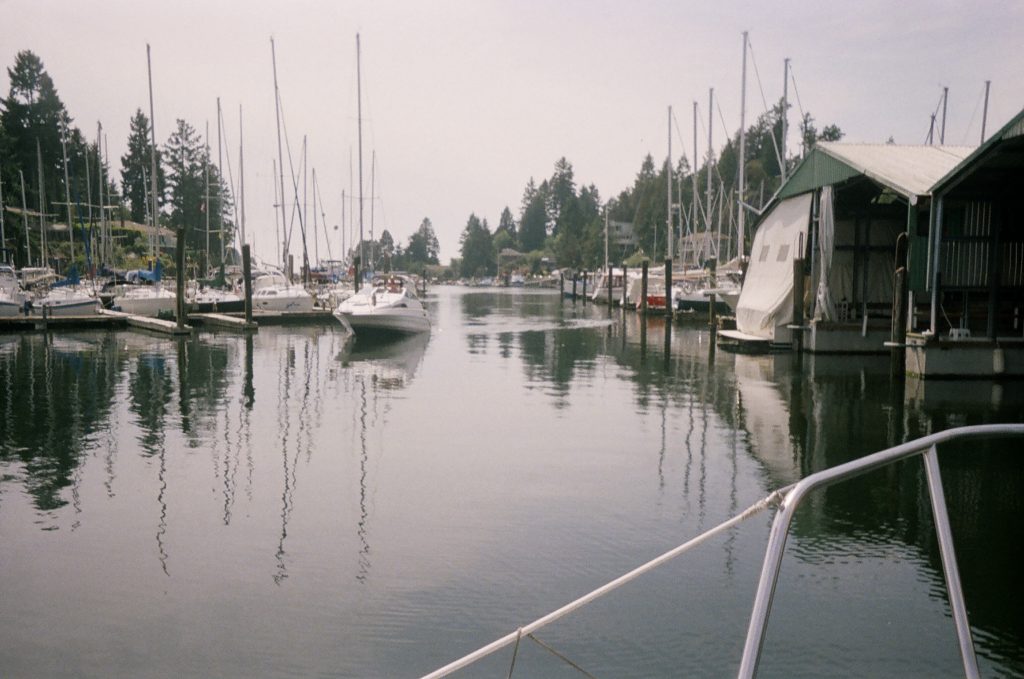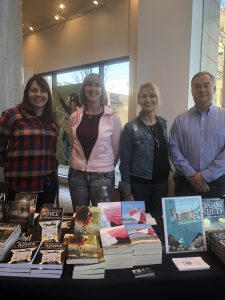Have You Got the Mental Muscle to Read Long Fiction or Are You Flabby?

There has been an undeniable trend toward short fiction recently instead of full-length novels. This has resulted in a resurgence of short stories, novellas, novelettes and serialized fiction in the market. I believe the affordability and flexibility of digital publishing is somewhat responsible for this trend, and it’s not all bad.
Short story collections have a particular readership, and I believe have not always been that popular among the general fiction-reading audience. They have had more often literary connotations than commercial fiction. Another traditional spot for short stories has always been literary magazines. On one hand, I think this trend is a good thing, opening the market to new forms of writing. Also, perhaps luring new readers into the world of online publishing and reading fiction.
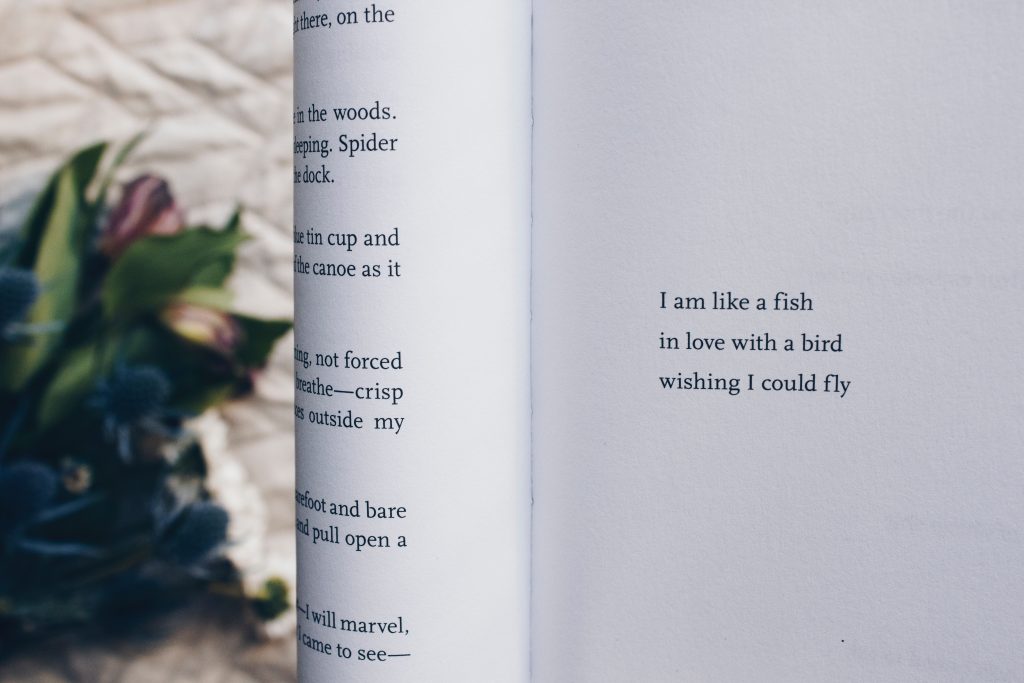
Possible Reasons for the Short Fiction Boom

Other reasons why shorter fiction might be more popular and available today are not quite so benign. These include: time to produce, cost to print, time to read, attention span, and the ease of series creation which is better for author platform and branding. Let me expand on these a bit. With the advent of digital and independent publishing, two things have happened to make the marketplace more crowded and competitive. While indie authors arguably have more freedom and autonomy than those publishing through traditional channels, all authors and readers have to deal with the consequences of these shifts.
Firstly, back lists, out-of-print titles and classics are all equally available today alongside more current titles. What we as readers had to choose from in the past was curated by publishers, booksellers and librarians. Today virtually everything is simultaneously and universally available. How does a reader choose? How does a writer get noticed?
I Need to Publish How Many Books Per Year?

One way for writers to compete is to publish more titles, more rapidly. Some advocates recommend four titles per year or more. The creation of several shorter works also enables the creation of series which can pull readers back for more purchases in a familiar story world. This builds author rankings and earnings. Now while some sub-genres and some authors can sustain this dizzying pace, I believe that the quality of storytelling and writing can only suffer under this kind of pressure. And, as the quality of stories goes down, so does the reader experience. Along with it, expectations for something more.
Is Short Fiction the Answer?
One solution is to write shorter fiction. This is more feasible for the author, because writing is after all a difficult and time-consuming task. It allows them more time to get critique and beta-reader feedback and refine and polish their stories. It’s also cheaper to get them professionally edited and formatted. And finally, for those readers who prefer print books, it’s cheaper to print and ship them, bringing their price points down. The battle is between an increasingly commodified product versus what is and arguable should be an art form. But at whatever price, is the value really there?
If you buy e-books, do you think to check page count before buying? I’ve made this mistake myself by making snap buying decisions. With pricing for e-books ranging from free and $0.99 to $6.99 and much higher, how do you know you’re getting what you pay for? Should you pay more for a 250-350 page novel than a 140 page novella? Do you feel “shorted” when you buy what you think is a novel and discover it’s over too soon?
Have I got the wrong end of the stick? Perhaps more shorter fiction, separately packaged, better remunerates hard-working authors for their time and creativity? I still can’t help feeling we’ve thrown out the baby with the bath water.
Long Versus Short Fiction: Pluses and Minuses
There are some unfortunate consequences of this publishing trend.
While the result is that “we” collectively, are producing more “books” I question whether “we” as a whole are getting more to read. While I’m no expert at short fiction, I do know that short stories are their own, completely distinct art form. They are not simply “shorter” versions of what we normally find between the pages of a novel.
What about novellas? (And novelettes, a term recently used to mean some intermediate page length between a short story and a novella.) It’s possible to tell an excellent story in the form of a novella. A recent workshop I attended with author Mary Robinette Kowal explained how good shorter fiction can be written through “proportional pacing.” What this means is simply that each element of the story must be reduced in size (length.) She argues that the proportions of the smaller parts don’t change, only their size does. This effects two elements of story: how does it feel, and how does the character achieve their ends?
In this way, a short story or novella, if well-written, can be just as absorbing and deep as a full-length novel. In fact some of the best classics are rather short (e.g. The Great Gatsby.) How the story is paced and punctuated can have a great bearing on the reader experience. But beware! Not all authors writing shorter fiction are doing so skillfully and artfully.
Is Shorter Better? Is It Even Good?
Digital publishing makes short fiction more available to readers than the traditional publishing industry could ever do. However, do we understand what we are sacrificing when we default to shorter fiction because we can’t be bothered to dig into the longer stuff? And are we willing to do this?
So while it’s possible to write a wonderful, rich reading experience with short fiction, not all the short titles out there are delivering on this. But even those that do will often do so at a cost. They necessarily must strip out many of the elements that longer fiction accommodates, and that make it a rich and valuable experience.
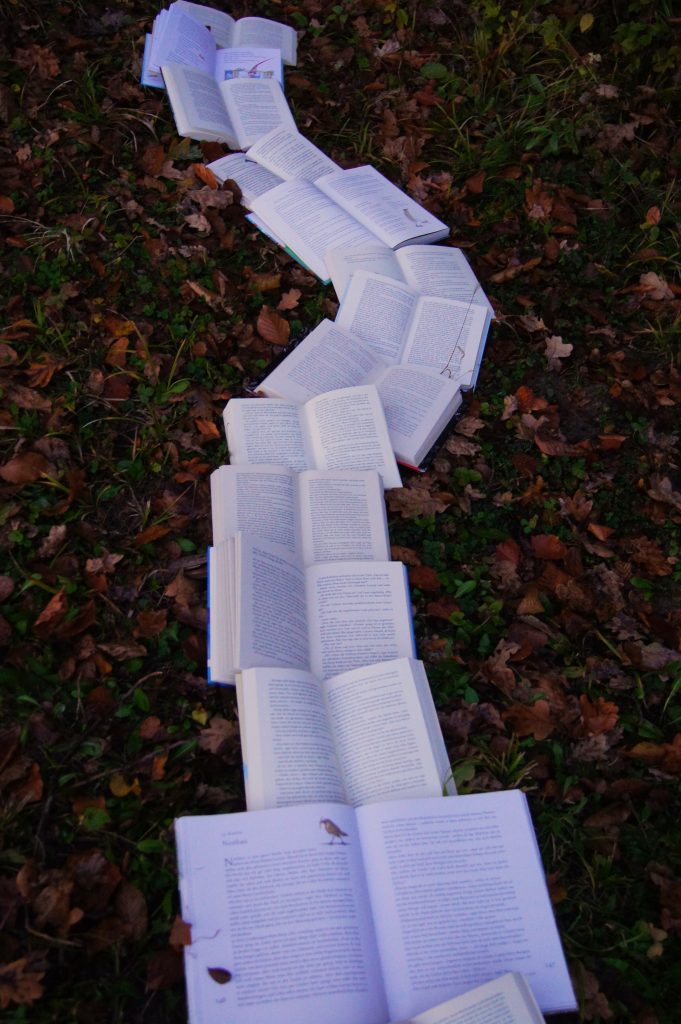
Effort Worth Investing In?
It should be no secret by now where my personal bias lies. I strongly favour long fiction for several reasons. These include: depth of characterization (via backstory and internal dialogue), subtlety and believability of character arcs, complexity of storylines, inclusion of secondary characters and subplots, detailed, evocative description of places and events, and far more immersive emotional experiences. As well, longer fiction accommodates literary artistry such as layering of themes and weaving of stories into stories by referring to larger events, other literary or art forms, tying in of mythology and symbol, etc.
Not the exclusive domain of literary fiction, these things can be a part of an entertaining and engaging work of commercial fiction, too. I would argue they should be. Do we really want society to be relentlessly dumbed down because we are too busy, lazy or distracted to put in the time, attention and thought to reap these rewards. Do we not believe that quick and shallow forms of entertainment ultimately disable our ability to hold complex ideas in our minds and to indulge in the luxury of deep thought and analysis. Is this a cognitive and social (d)evolution that we welcome? Will it benefit humanity and enrich our lives?
There is no question there are cons to long form fiction. These obviously include the overall time it takes to read a work, the necessity of sustaining our attention if we are able, the degree of immersion into the fictional world in which we have chosen to invest our time. On a more practical level, there is also the cost of editing, production and printing, influencing price. But I would argue that it’s not only worthwhile, but essential to invest in longer fiction.

Fans of Science Fiction, Fantasy and Historical Fiction are, of course, more accustomed to the heftier tomes. They understand implicitly that this is the price for the payoff of complex world-building, a critical part of these genres. However, long fiction in every genre can just as easily be fit into busy lifestyles… if readers are willing.
Lost Attention Span
The true difficulty, in my opinion, is lost attention span, and the endangered mental ability to allow oneself to become immersed in a fictional world for a sustained period of time. With more people spending more of their time on the internet, flitting from social media to reading blogs and short posts, to consuming film and video, they’ve become accustomed to passively taking in increasingly small bites of superficial or fragmented visual messages. Some of this is okay in its own right. However, the problem with this is twofold. One, of course, is that we are continuously reinforcing the neural pathways for processing this kind of information in this way. And we are incrementally LOSING the ability to sustain attention and hold complex ideas in our heads where they can percolate.
Is Short Fiction causing us to LOSE the ability to sustain attention and hold complex ideas in our heads?

The second part of the problem, from my perspective, is that the nature of what we consume influences the ideas we have, and the way we think about them. If everything is dished out in tidy bites that require little to no effort, analysis or synthesis, how will these intellectual functions be nurtured?
Although every demographic age-group since the baby boomers has been progressively affected by changing forms of media, I’m particularly worried about the youngest cohorts who have grown up so utterly immersed in online and largely video media.
With this lost ability comes unknowable and immeasurable changes in society. Less time is spent making connections, pondering deep ideas and building a cultural repertoire of reference material. Furthermore, I wonder if something priceless is lost in the shallowness of their relationship with fictional characters who for generations have helped build “character” by exponentially expanding the lived experience of the avid reader.
All Hope is Not Lost
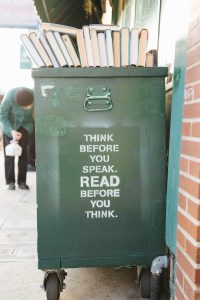
An interesting contrary trend is emerging in entertainment media, however, that gives me hope. If only those involved in the publishing industry, from creators to consumers, can put it together. I’m referring to the explosion of passionate viewing of series programming on subscription channels such as Netflix, Hulu or Amazon Prime. I’m gobbling up this content as voraciously as anyone.
What’s interesting about immersion and commitment to serialized storytelling is that, to me, it resembles long fiction more than feature films ever did. Serials provide a luxurious platform for long arc characterization, plenty of flashbacks to build motivation and reveal character, multiple character arcs and interwoven storylines, the exploration of themes that either run through a series or are explored episodically, and complete immersion in fictional worlds.
This trend toward serials has also begun to have an impact on fiction, as more authors are releasing episodic stories, either on platforms made for this, such as WattPad, on websites, or via digital publishing. And if this is what consumers are gravitating towards, is it because they’ve forgotten how to read full length novels?
Today’s long fiction is written more to the appetites of modern consumers as well. They no longer resemble the long-winded and slow-moving tales of George Elliot, Charles Dickens and Leo Tolstoy, wonderful as those works are. Novels have always, after all, come broken down into convenient, bite-size chapters.
Reader Survey: Do You Read Short Fiction or Long?
I’m genuinely curious to know how you feel about this subject, so I’ve created a mini-survey with ten short questions so I can get a sense of it. Please click and respond to the survey and I’ll report back on my findings. Also please comment below to get a discussion going. Thanks!
If you think you have what it takes to read a good, long novel, perhaps you’d like my latest release, Disruption by Design, just out January 1, 2018. It has 422 pages! Instead of feeling guilty about it, I invite you to lose yourself in it’s many complex twists and turns and enjoy the ride!
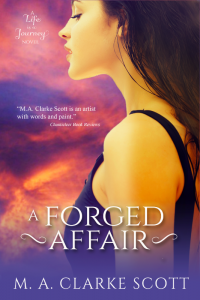 My upcoming release, titled A Forged Affair, will be the third written, though only the second published, in my Life is a Journey series about young women travelling or studying abroad who fall in love while discovering their true selves and getting embroiled in someone else’s problems. Check out Book 1, The Art of Enchantment, set in beautiful Tuscany!
My upcoming release, titled A Forged Affair, will be the third written, though only the second published, in my Life is a Journey series about young women travelling or studying abroad who fall in love while discovering their true selves and getting embroiled in someone else’s problems. Check out Book 1, The Art of Enchantment, set in beautiful Tuscany!
















